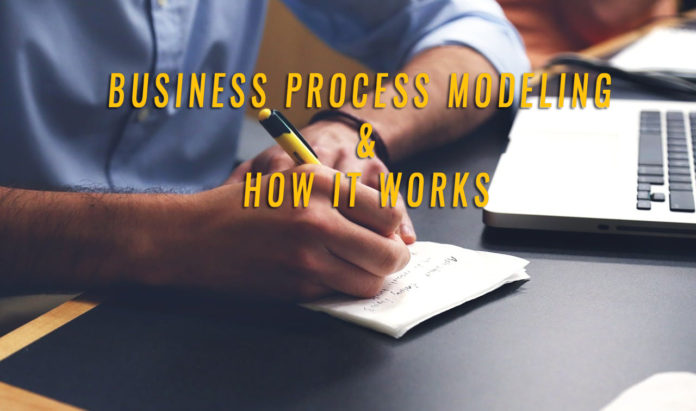Business process modeling, which is commonly abbreviated as BPM in systems engineering, is the process of representing the business processes of an enterprise, so that any of the current processes of the business might be analyzed for alteration or improvement as and when needed. Although it is a very modern term, its methodology dates back to the Industrial Revolution. The process has evolved through various stages and disparate names, beginning right from the ‘division of labour’ which was coined in the late 1700s when manufacturing first moved from small scale cottage industries to huge manufacturing units in factories.
Business process modeling can be done using the help of a professional service or by the IT cell of the business using the necessary means that they can purchase. The processes can be of several different kinds, which corresponds to the way they are modelled. The different processes are the following.
Strategic processes
Strategic processes help in investigating alternative ways of performing an action or finding a solution and eventually producing the best plan for doing it. These are often creative and human interference is required. Therefore, the process of alternative generation as well as the selection from an alternative are extremely critical activities.
Tactical processes
Tactical processes are crucial in helping your business achieve a set plan. These processes concern the tactics which are to be adopted by the business for the actual achievement of the plan instead of the development of a plan for achievement. These are important as they are intricately bound to the tactical execution plans of an action.
Implementation processes
Implementation processes are crucial to the business work to ensure a smooth implementation of the processes at the lowest level. They are directly concerned with the immediate details of the what and how of the implementation of the plan. Thus, these are the lowest cogs but the most important ones too since they are the ones on which the execution of the plan runs.
Components of business process model
Before you start the construction of your business process model you will need to keep the following information into consideration:
- The desired outcome for which you are running the process.
- The start and end points, which are the customer needs and the customer need fulfilment.
- The actions that are to be performed for the desired outcome.
- The exact order in which all the necessary actions are to be performed.
- The team or people who will be in charge of performing the concerned activities.
- The documents and forms which are to be used and exchanged between functions or from customers and suppliers.
Stages in the development of the modelling project
The process of developing a business process modelling involved the execution of a number of steps which ensure the smooth running of your business processes. The steps that will help you create a BMP are the following.
- Identification of the process and the creation of an ‘as is’ or a baseline model.
- Review, analysis and updating of the ‘as is’ process model as per the requirement of the necessary outcome.
- Designing of the ‘to be’ model and its various nuances.
- Testing and implementation of upgrading as well as improvement of the new model.
Regular updates and upgrades of the model ensures that it stays up to date with the latest business trends and demands.
For the successful execution of your business process modelling, it is important to business process integration challenges using a single solution that supports application, data, business-to-business and process integration. With the right help, your business can spread its wings and soar into higher profits and better service in no time.




